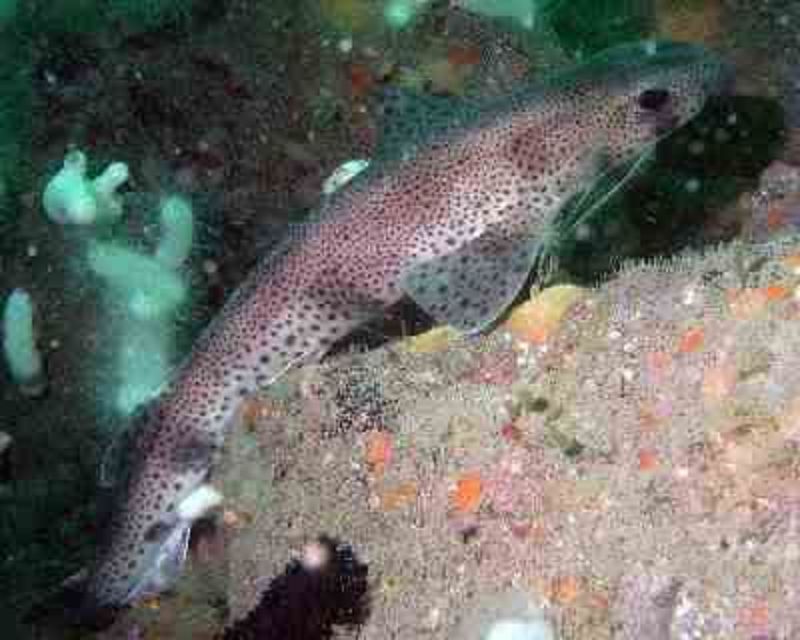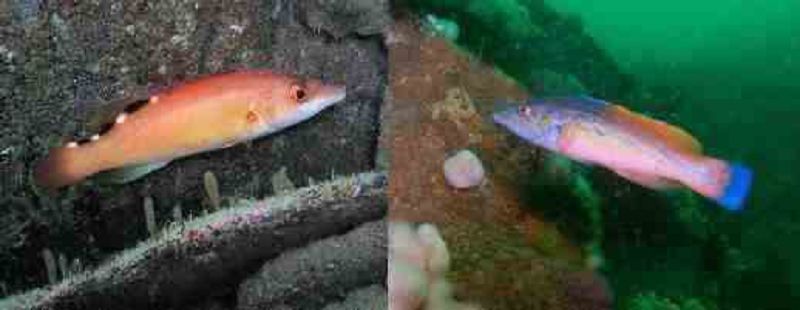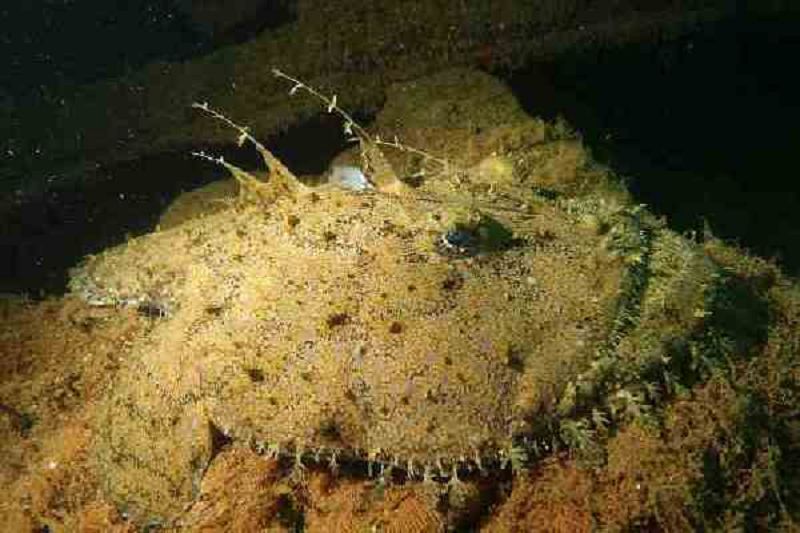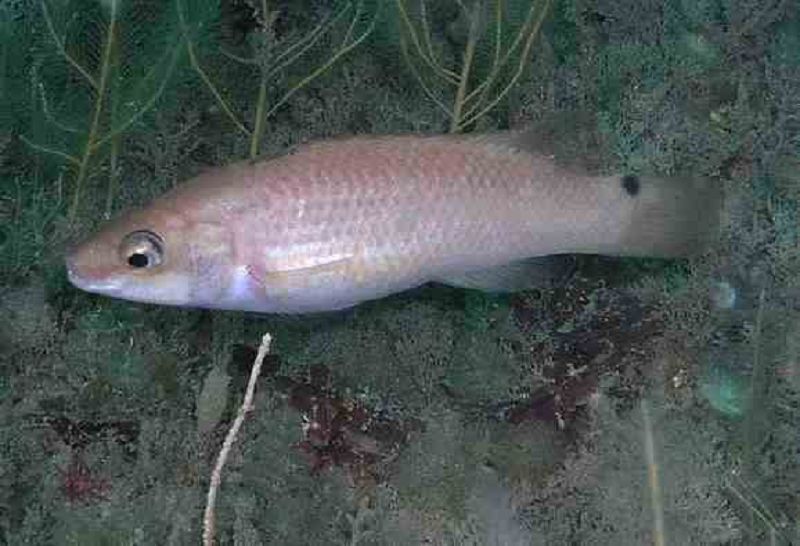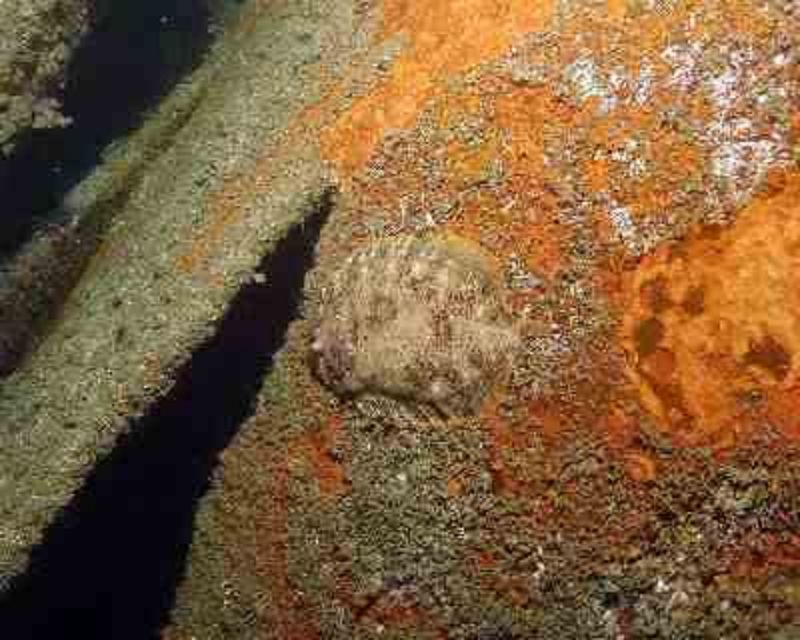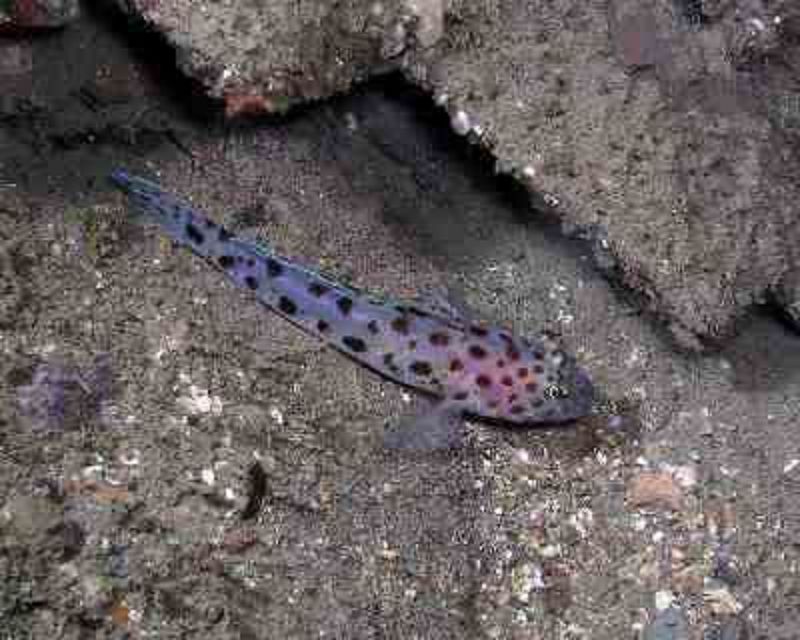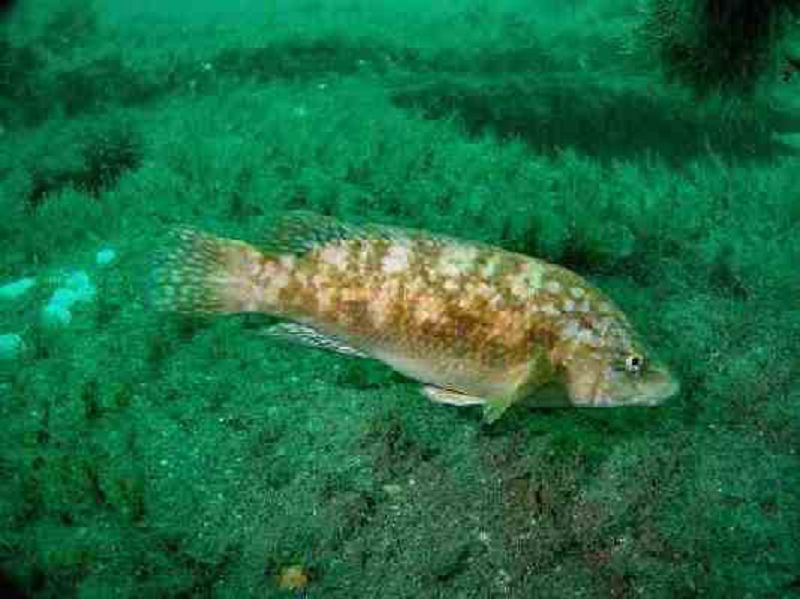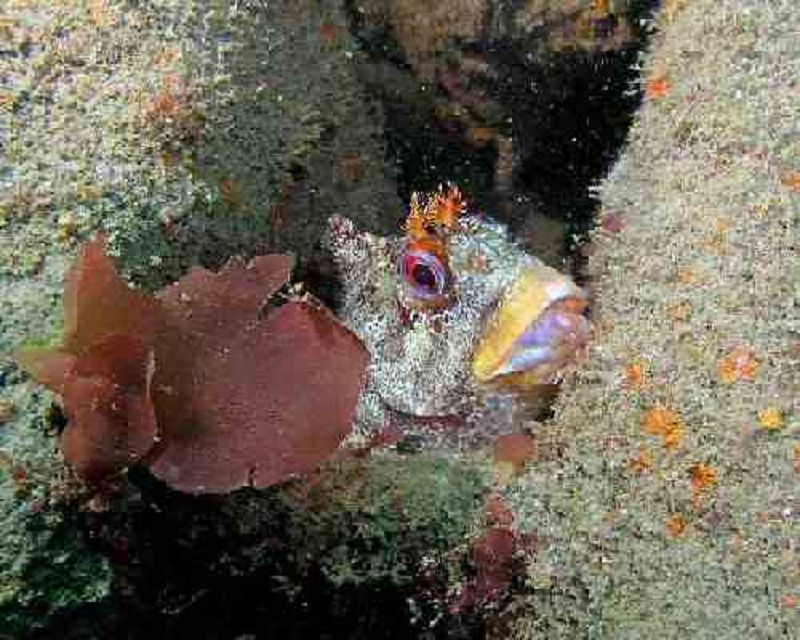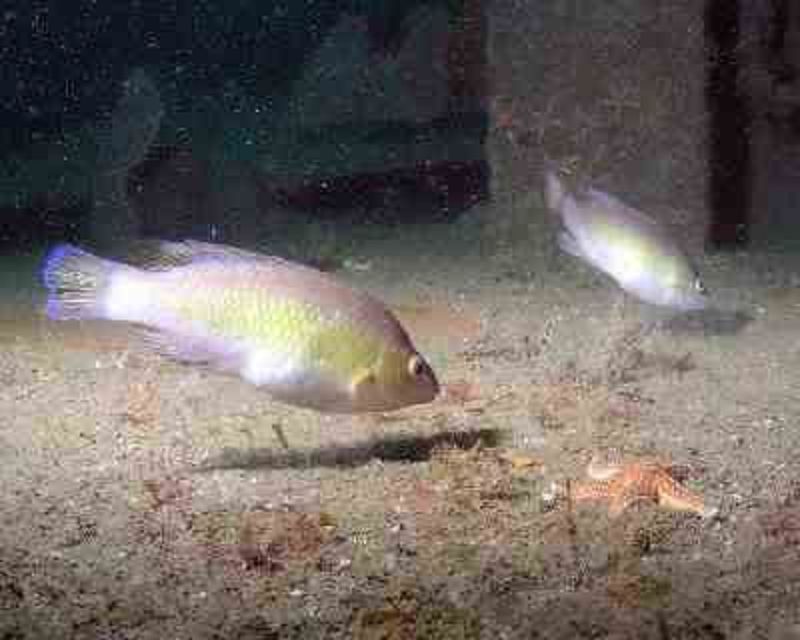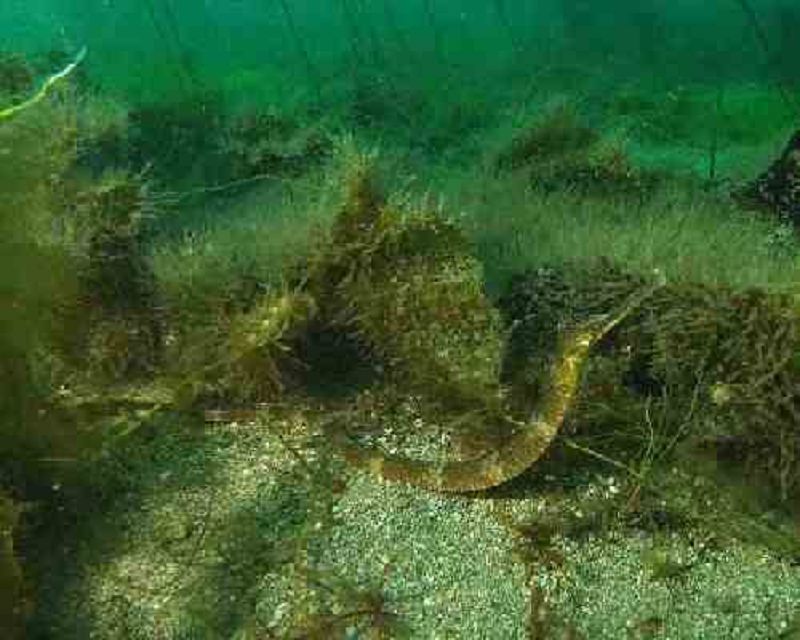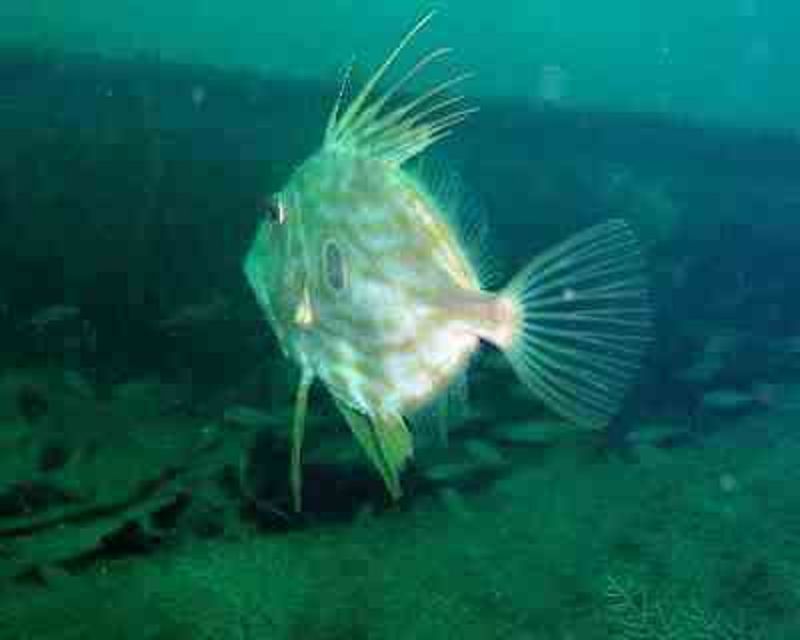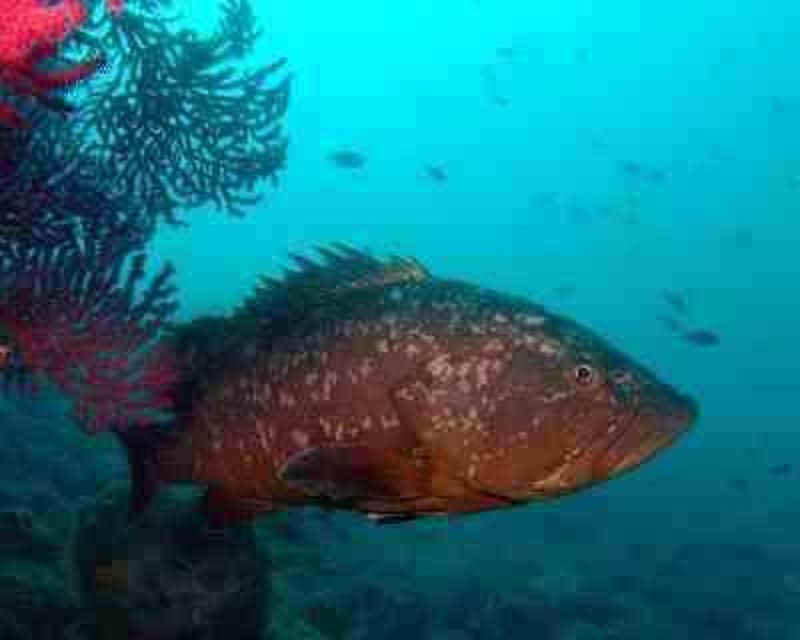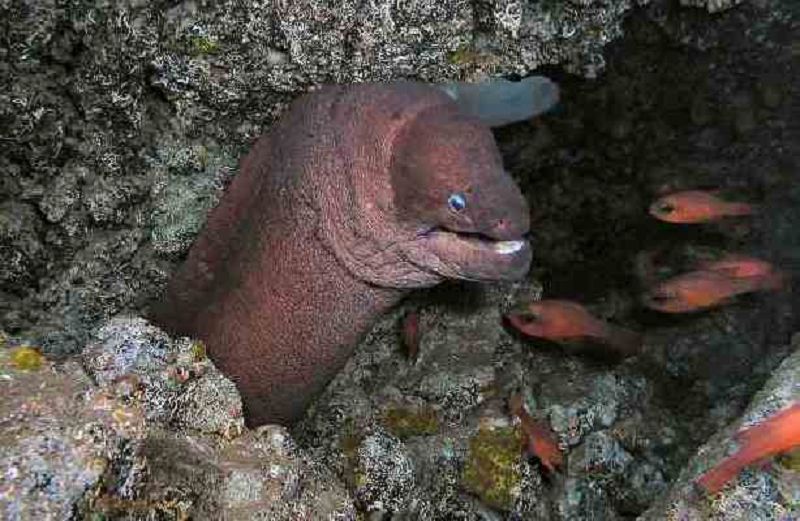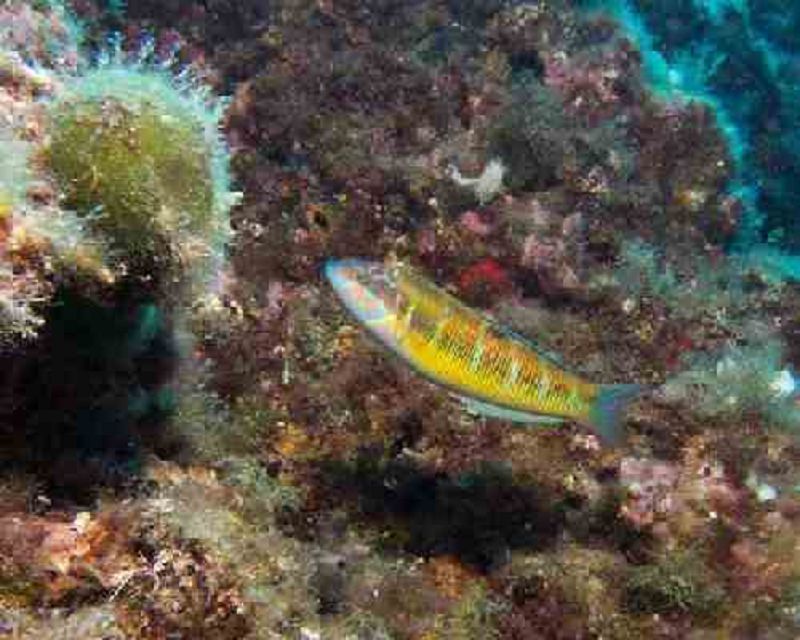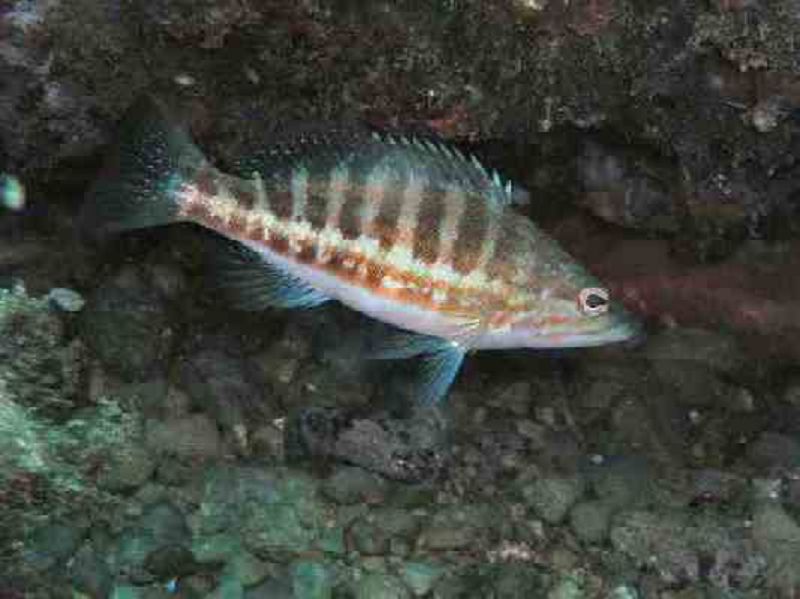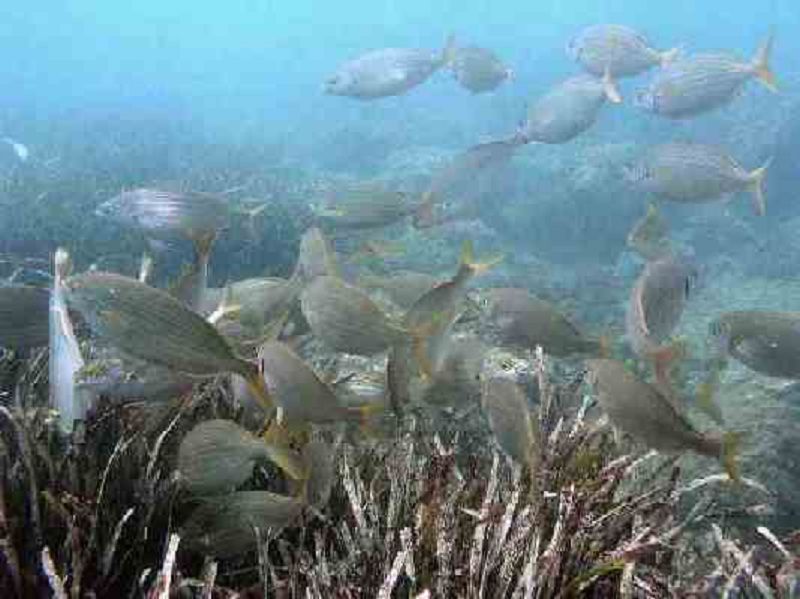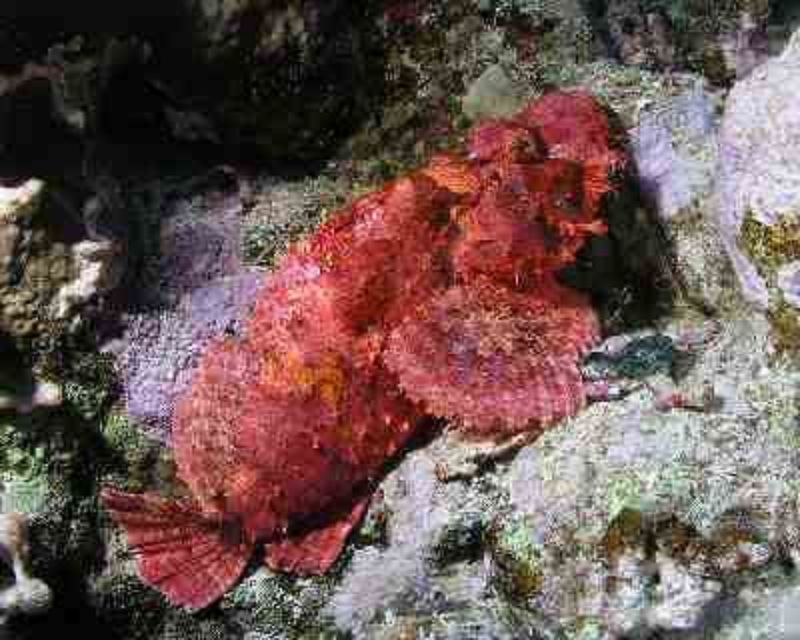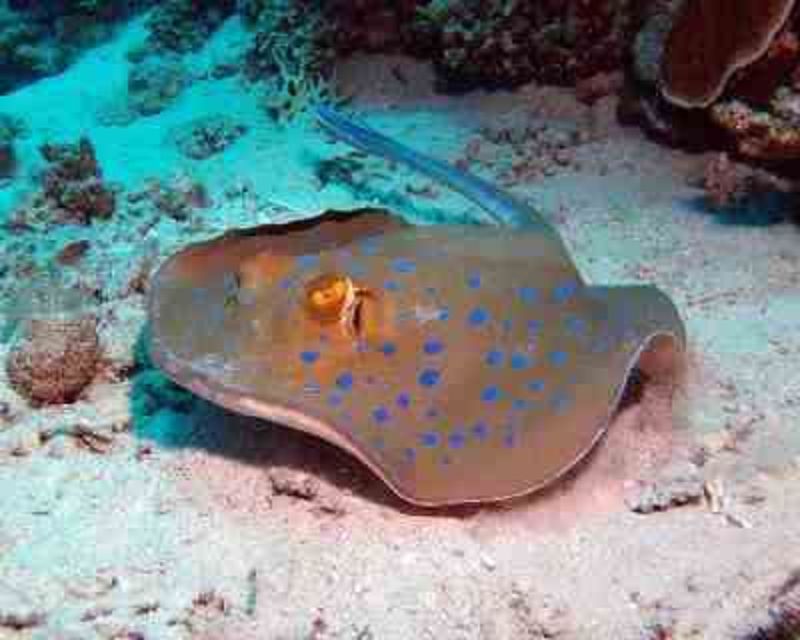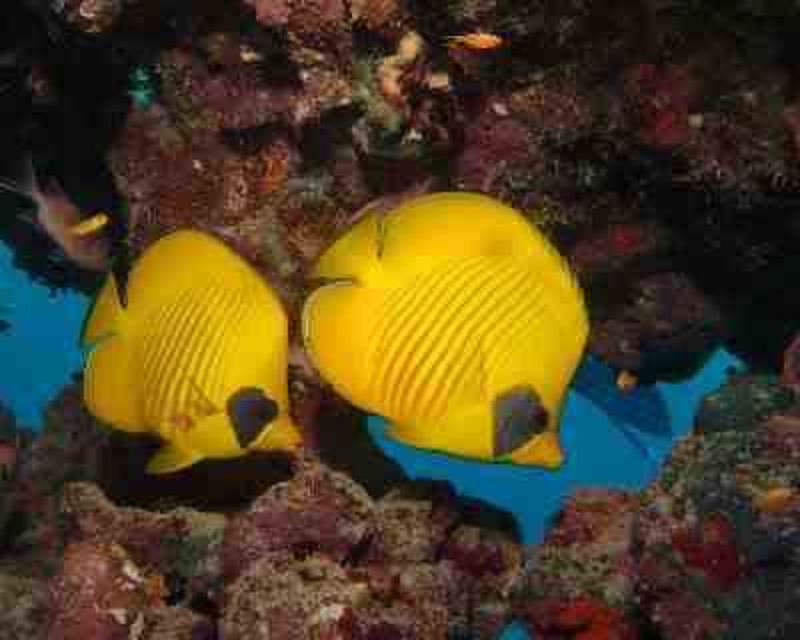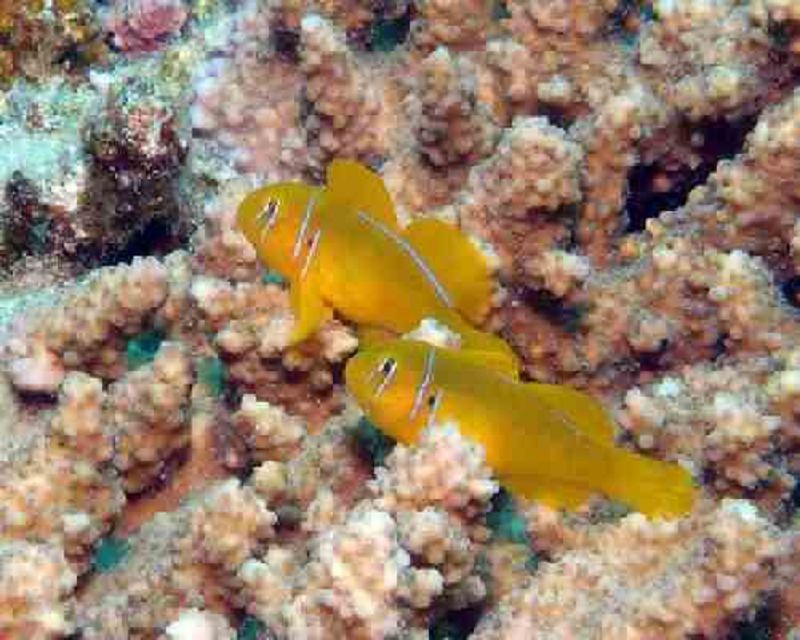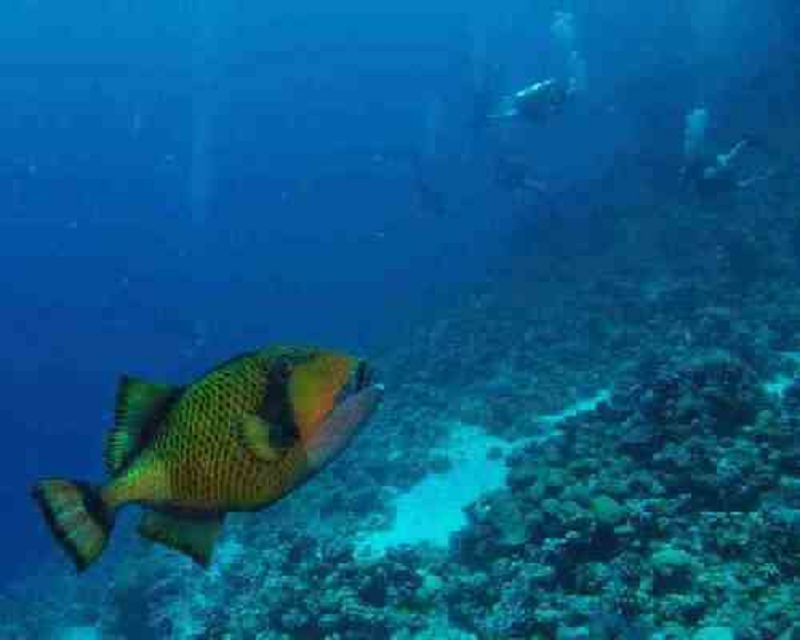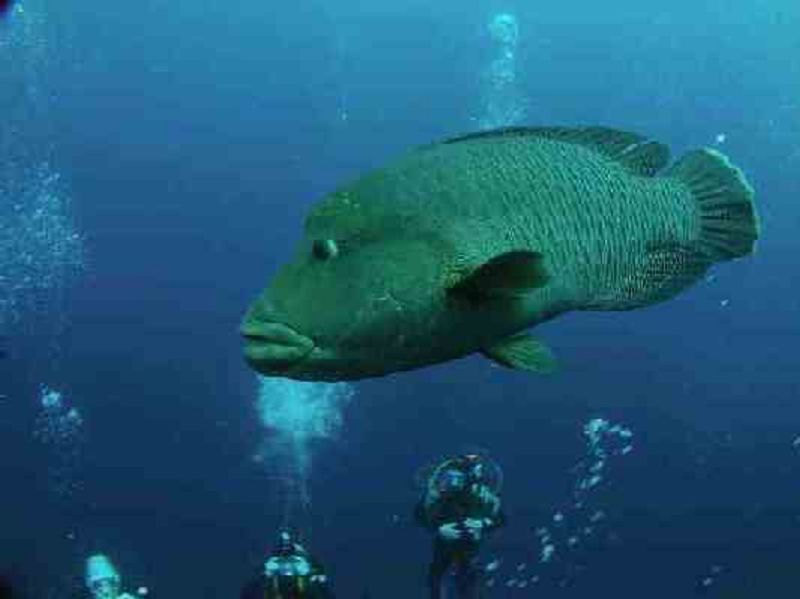How good are your fish ID skills? Can you name these fish?
{"name":"How good are your fish ID skills? Can you name these fish?", "url":"https://www.quiz-maker.com/QPREVIEW","txt":"1. We start our quest in British waters. This species is the most commonly encountered of its type by divers around Britain. It can grow up to 80cm in length. The females lay very distinctive egg cases known commonly as \"Mermaids Purses\". Groups of females can be found in caves or gullies (e.g at Firestone Bay, Plymouth Sound) apparently taking refuge from aggressive courting males This individual was photographed near Stoke Point., 2. This species was once thought to be two separate ones due to the males (R) and females (L) having distinct differences in colouration. The male will often follow divers and even come right up to their masks. All individuals of this species start their lives as females. Some will turn into males later in life depending on the relative numbers of males and females in a given area. These individuals were photographed near Stoke Point (L) and at the Eddystone Reef (R)., 3. This species is often found in large shoals in or around wrecks. It has a distinctive black spot at the base of the pectoral fins and a single barbel below the mouth. In some individuals the vertical banding can be less apparent than in others. They are usually around 30 cm in length when mature but can grow to 50cm. These individuals were photographed inside the wreck of the \"Maine\".","img":"https://cdn.poll-maker.com/52-1896560/cat-shark.jpg?sz=1200"}
More Quizzes
G19- Langhus 4 div- Kampplan
10515
Measuring Capacity
1050
AC QUIZ
11655
Nagzz 6 Year Content Creation Anniversary Quiz 2
57280
Masque of the Red Death Vocabulary - Free Online
201029278
Project Management Fundamentals Multiple-Choice - Free
201021043
General Knowledge Movie - Test Your Film IQ
201022936
Am I Healed From My Breakup? Take the Free
201021671
English for Beginners - Free Online Practice
201024954
6th Grade Social Studies - Free Practice
201019712
Tsunami - Test Your Knowledge & Safety Awareness
201020239
Hair Length - Which Cut Suits You Best?
201018851
